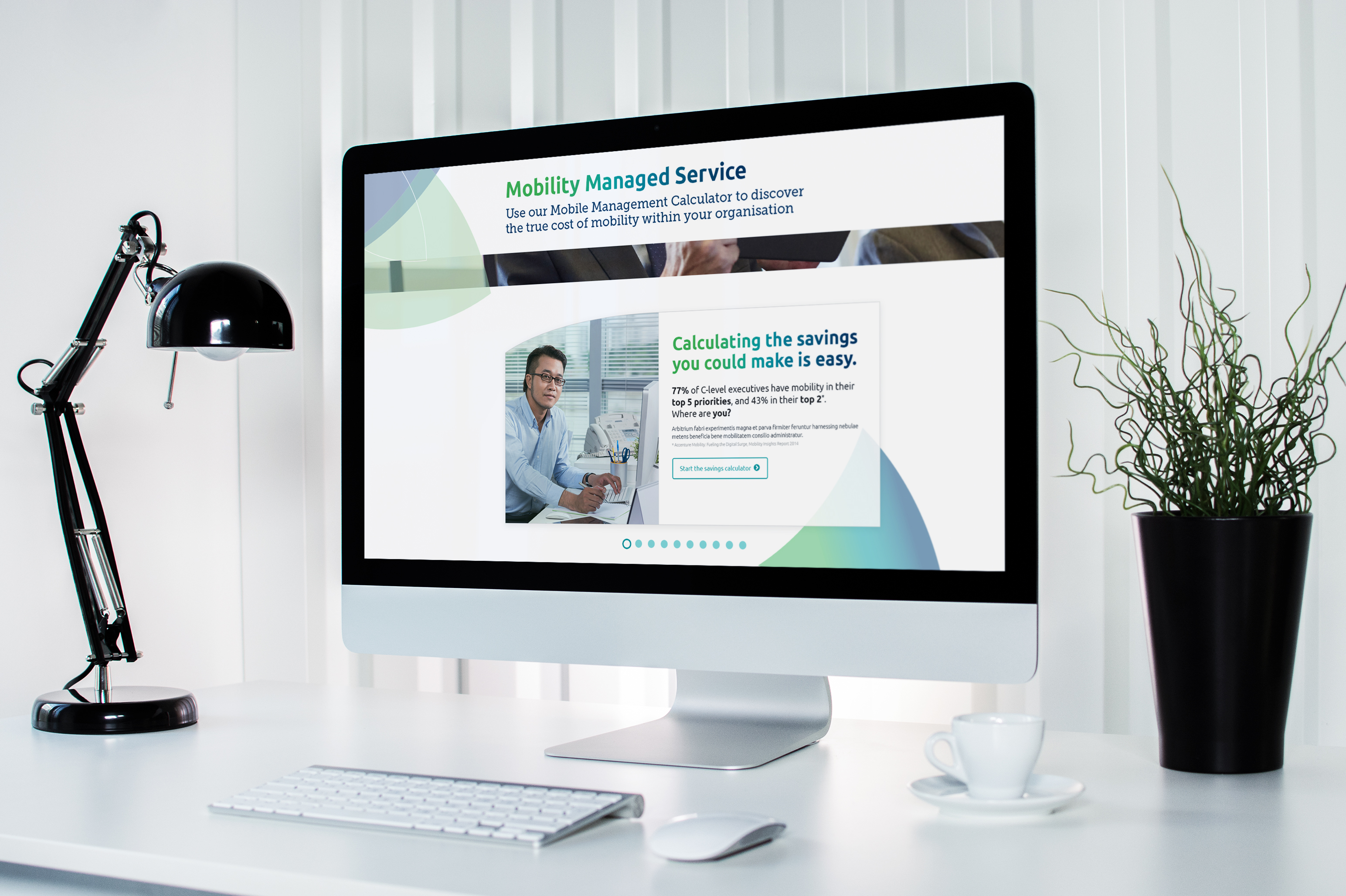Scrolling in web design: The long and the short of it
When you click-through to a new website, do you strictly stay “above the fold” or do you venture into the beyond by scrolling down the page?
Contrary to popular belief, a large proportion of users do delve beyond the fold. Chartbeat, a content intelligence platform for publishers, analysed data from 2 billion visits, and found that 66% of user attention is spent below the fold. The death of the fold is no new concept. In fact, we touched on this idea in our article on best practice web design back in 2015 after discovering through several A/B tests that moving the call-to-action underneath the fold contributed to considerably higher conversion rates. And for those who favour minimalist website design, we’re sorry to confirm that readership falls significantly when there is only up to 50 words of copy. Whereas, it drops very little when the copy is between 50 and 500 words.
Since then, single page websites – or parallax scroll websites – have made a comeback, providing User Experience (UX) and User Interface (UI) designers with some exciting opportunities to delve into story-telling, produce powerful visuals, and create a more interactive experience.
Like any form of web design, scrolling websites aren’t without their complications and aren’t effective for every kind of business. If you’re looking to revamp your website, we’ve weighed the pros and cons of parallax websites.
Long scroll – the good stuff
Visual creativity
There’s more visual freedom in parallax website design. Rather than focusing on block style information architecture, you can create refreshing and engaging visuals such as animations or beautiful photography, that act as a continuum, ultimately inspiring users to scroll further down the page.
Story-telling opportunities
Do you want to tell a story with your product or service? Long-scrolling lends itself well to a narrative and encourages meaningful interaction from users.
Simple interface for smart device users
Mobiles and tablets have evolved the way we engage in websites. It’s now less about clicking and more about scrolling, swiping and tapping. Long-scrolling websites take away the barrier of complex navigation, providing a responsive, user-friendly experience for mobile users.
Punchy, straight to the point messaging
Parallax website design is a great solution for us time-poor website browsers, as forces businesses to convey their message and vision into one dynamic web design page.
Easier for users to realise their goal
These days, scrolling is so simple that it’s become an instinctive action, whereas clicking through to another page requires thought and motivation. A single page website allows user to identify their purpose on the website quicker, than needing to sift through multiple pages.
Long scroll – the not so good stuff
You need to be search engine savvy
One of the biggest problems that parallax websites face is that they are not SEO friendly. Why? When you limit the number of pages on your website, Google has fewer pages to index and negatively impacts your standing on the search engine results page (SERP). Luckily there are ways around this, which Moz explains in this article.
Slower load times
50% of website users bounce off the page if it hasn’t loaded in 3-5 seconds. So the more high resolution imagery and animations you include, the longer it takes to load the page. When writing this article, iFactory Brisbane website designers tested some popular parallax websites, and found that the ones with complex visuals took up to 30 seconds to load on a mobile device, whereas simple and minimalist long-scroll websites loaded within a few seconds.
Awkward navigation
Instead of hitting the “back” button, users must scroll back up the page which can be frustrating for users who want to refer back to a certain element. An easy way around this is to include top navigation and have each element anchored to a category or section.
The team at iFactory prides itself on getting to know your business and building an impactful website design specific to your unique needs. Contact us today to revamp, update, or build your website from scratch.

